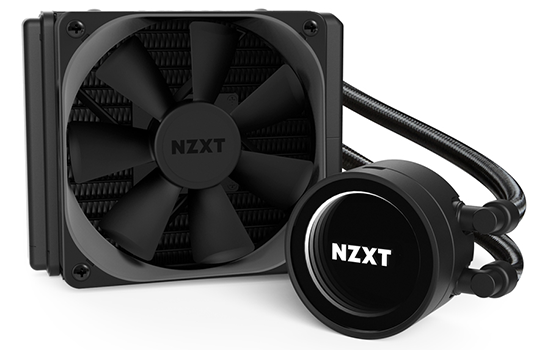Conclusion
...if you're enamoured by NZXT's pump design and limited to a 120mm radiator, Kraken M22 fits the bill.NZXT has lowered the point of entry for its all-in-one liquid CPU coolers with the launch of the Kraken M22.
Priced at £90 and offering the sexy water block synonymous with the Kraken range, the cooler sheds X-Series features such as built-in fan control or liquid temperature monitoring, while warranty length is cut in half from six years to three.
The end result is a capable, streamlined cooler that's well built, easy to install and designed to turn heads, but there are a few remaining niggles. Noise levels can be bothersome when the M22 is tasked with cooling a hot, overclocked chip, the USB cable that attaches to the water block detracts from the overall finish, and though this is the most affordable Kraken to date, it still feels pricey alongside the competition.
Bottom line: there's no shortage of choice when it comes to all-in-one liquid coolers, but if you're enamoured by NZXT's pump design and limited to a 120mm radiator, Kraken M22 fits the bill.
Capable cooling performance
Straightforward installation
Good build quality throughout
Gets noisy when stressed
USB cable still looks messy
No spare thermal paste
HEXUS.where2buy*
The NZXT Kraken M22 liquid cooler is available to purchase from Scan Computers.
HEXUS.right2reply
At HEXUS, we invite the companies whose products we test to comment on our articles. If any company representatives for the products reviewed choose to respond, we'll publish their commentary here verbatim.
*UK-based HEXUS community members are eligible for free delivery and priority customer service through the SCAN.care@HEXUS forum.







